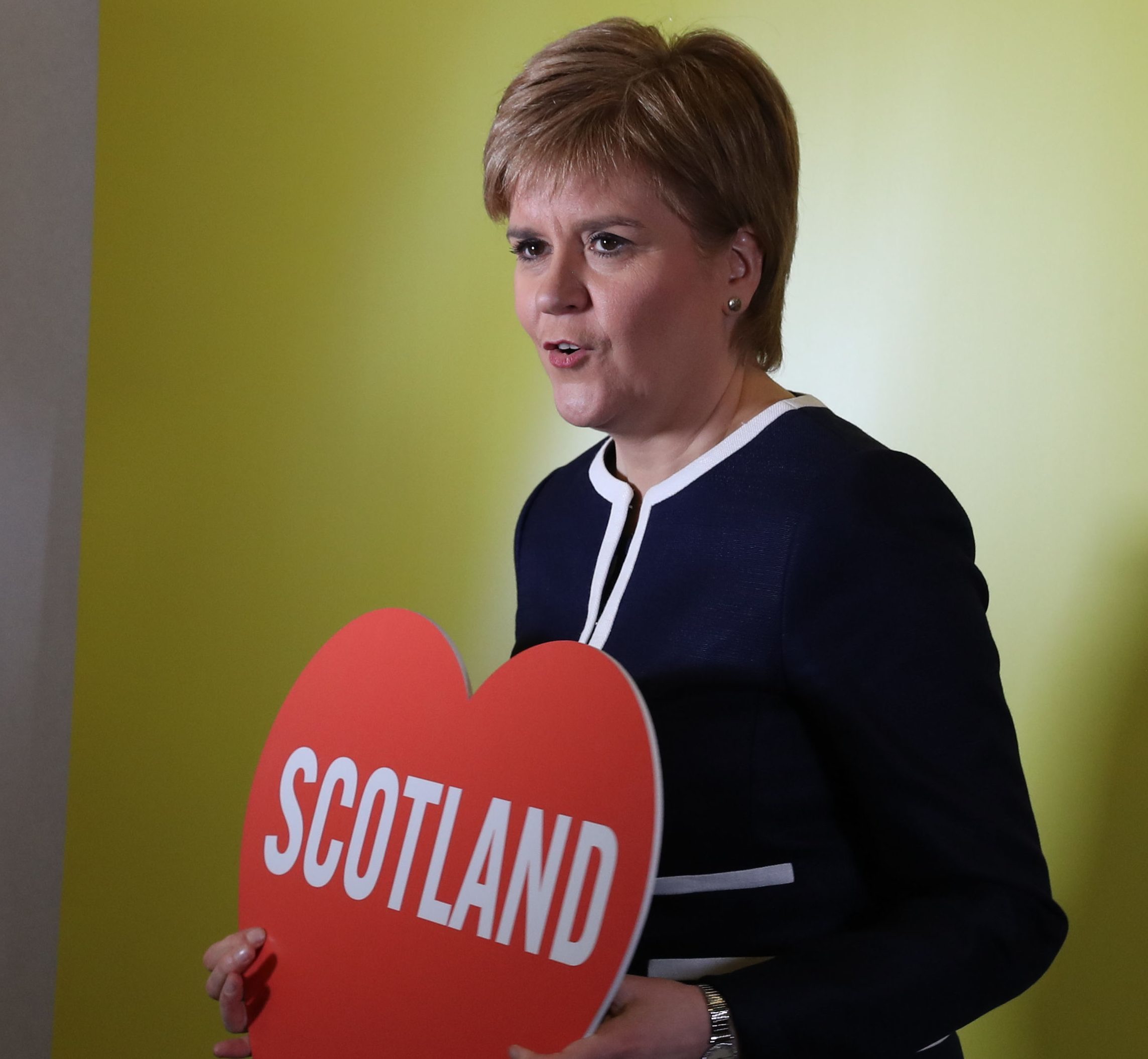
DESPITE Theresa May’s opposition to a second independence referendum, options remain open to the Scottish Government.
While increased political pressure for the Prime Minister to agree or compromise on the timing of another vote seems most likely, Charles Livingstone, constitutional expert and partner at Brodies law firm, details the legal positions:
What is a section 30 order?
“Section 30 orders are made by the Queen, on the advice of the UK Government, having first been approved in draft by the Scottish Parliament, House of Commons and House of Lords.
“A section 30 order can therefore only be made if the UK Government, UK Parliament and Scottish Parliament are all agreed. The only other way the reserved matters in the Scotland Act can be amended would be through an Act of the UK Parliament.
“The Scottish Parliament has no power to amend or qualify reserved matters.”
Could a Scottish referendum be held without UK Government consent?
“The Scottish Government may decide to argue that the Scottish Parliament can legislate for a referendum even without a Section 30 order.
“This was its position at the outset of the previous independence referendum debate, the argument being that holding a referendum would not relate to the reserved matter of the Union because it would merely be a non-binding test of public opinion.
“The legal position was not resolved at that time because a Section 30 order (known as the Edinburgh Agreement) was made, which introduced an exception to Schedule 5 allowing a one-question referendum to take place before the end of 2014.
While the Scottish Government has never expressly changed its view on the legal question, it had recently been proceeding as if a Section 30 order would be necessary.
“However, that may now change in light of the UK Government’s position. The Scottish Government may therefore be considering whether to just introduce its draft Scottish Independence Referendum Bill to the Scottish Parliament in the absence of an order.”
Could it end up in a court battle between the Scottish and UK governments?
“The Presiding Officer of the Scottish Parliament would have to make a statement on whether the Bill would be within the Scottish Parliament’s legislative competence, but even if he were to decide it was not, that would not bar the Bill from proceeding.
“If the Bill was then passed there would be a four-week ‘standstill’ period prior to Royal Assent, in which any of the Law Officers – the Lord Advocate in the Scottish Government, and the Advocate General and Attorney General in the UK Government – could ask the Supreme Court to decide whether the Bill was within competence.
“Alternatively, the legislation could be challenged in court by a third party after it received Royal Assent. In either case the courts would decide whether the legislation was lawful, and so whether the referendum could proceed.
“The issue would be decided well in advance of any referendum actually taking place, so there would be no question of a result being overturned.”

Enjoy the convenience of having The Sunday Post delivered as a digital ePaper straight to your smartphone, tablet or computer.
Subscribe for only £5.49 a month and enjoy all the benefits of the printed paper as a digital replica.
Subscribe